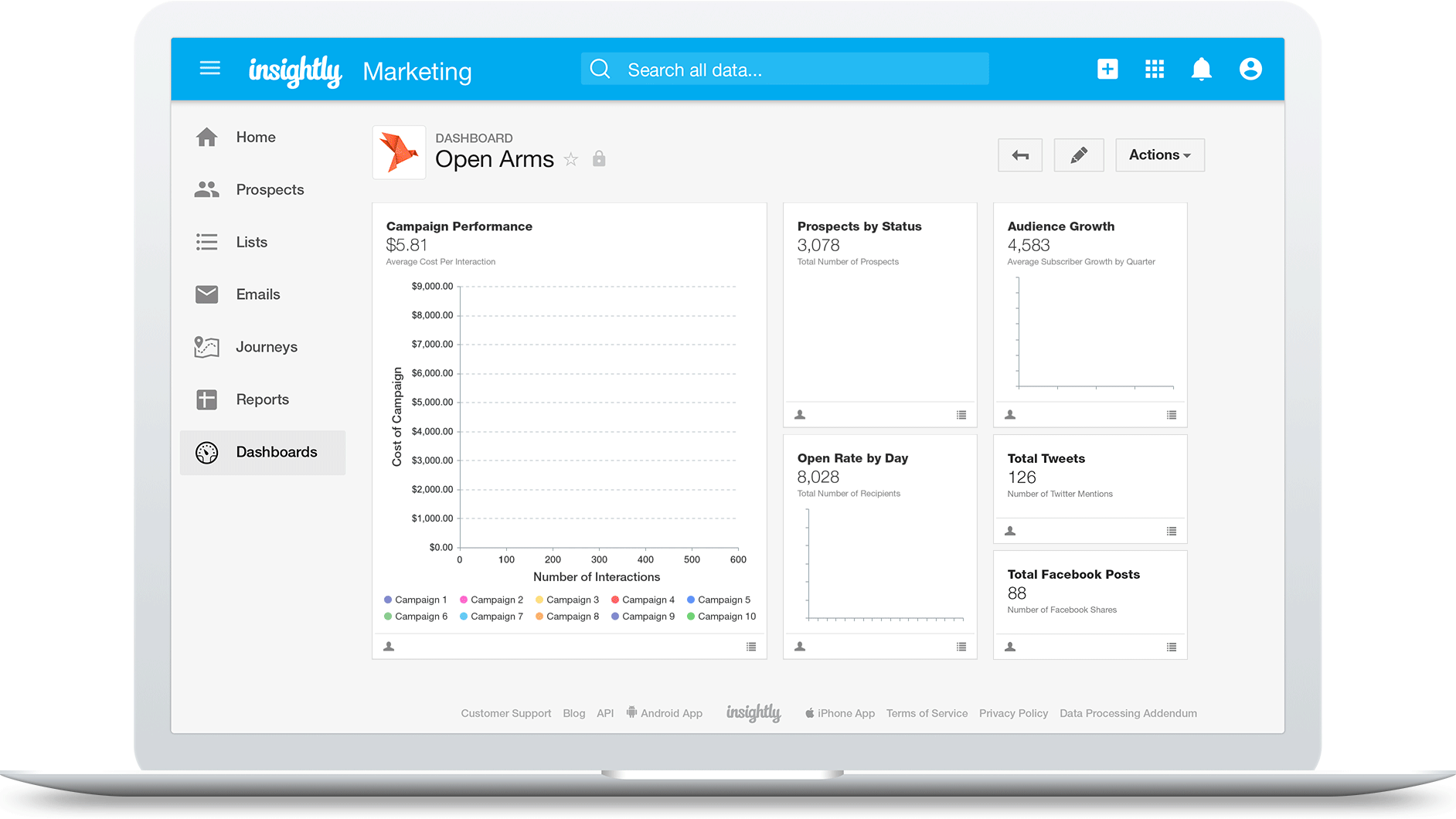See Insightly CRM in action See Insightly Marketing in action Watch Insightly AppConnect in action See the Insightly relationship platform in action
Request a custom demo today
During this FREE demo session, we will talk through your unique customer engagement needs and the Insightly solutions that are the best fit for your business. No commitment required.
In your custom demo, you will:
- Receive a free assessment of your customer engagement needs
- Get concrete tips on how to get the most out of Insightly
During this FREE demo session, we will talk through your unique CRM needs and the Insightly solutions that are the best fit for your business. No commitment required.
During this FREE demo session, we will talk through your unique marketing needs and the Insightly solutions that are the best fit for your business. No commitment required.

Learn how to automate CRM integrations with 500+ business apps in just a few clicks using a no-code drag-and-drop interface.
In your custom demo, you will:
- Receive a free assessment of your CRM needs
- Get concrete tips on how to get the most out of Insightly
- Receive a free assessment of your marketing needs
- Get concrete tips on how to get the most out of Insightly
- Receive a free assessment of your CRM integrations needs
- Learn how to align business teams and data with Insightly AppConnect